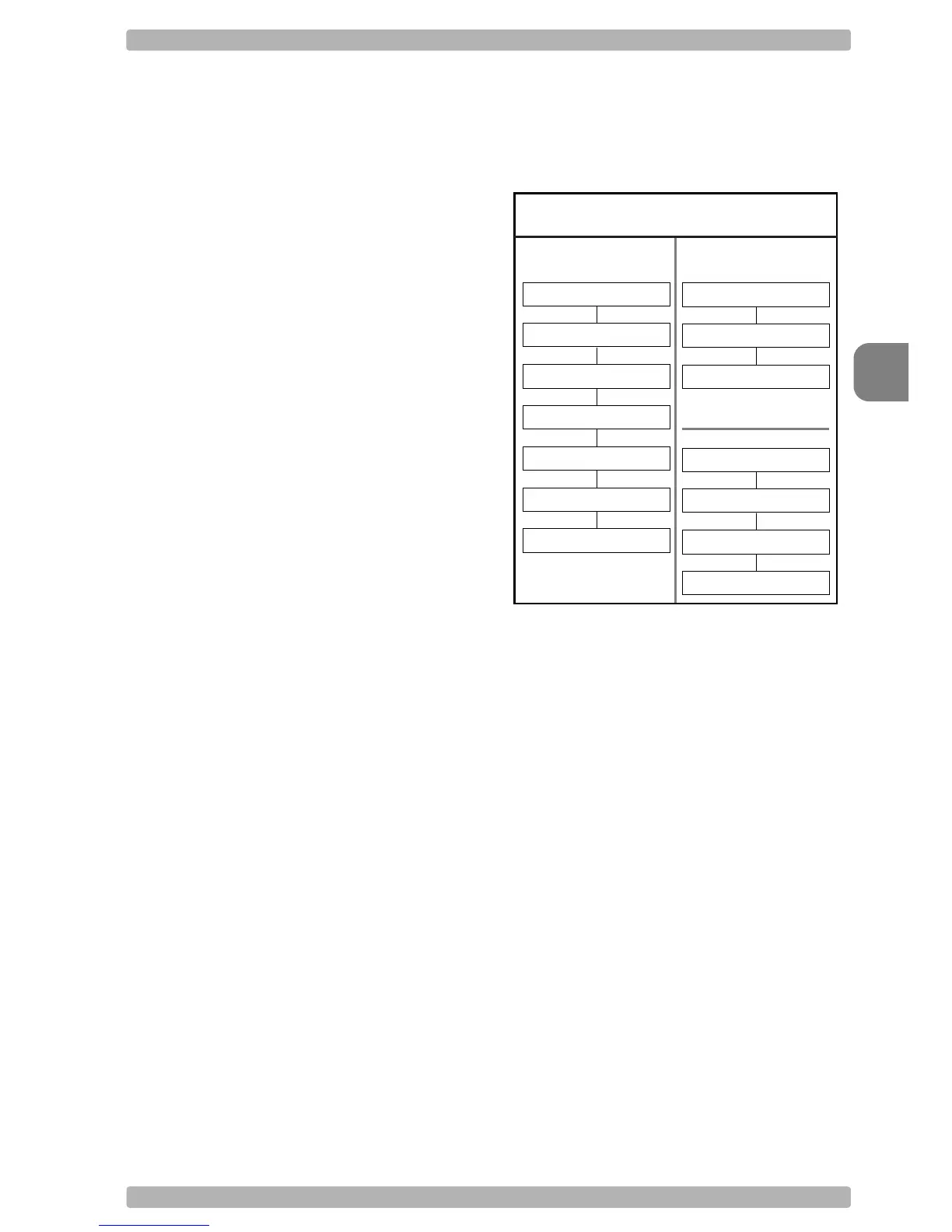String options
4
OPTICON Universal menu book
U85
4.2. Set prefix and suffix
A prefix and suffix of maximum 4 direct input
entries each may be included in front and at the
end of the string respectively.
Bar code readers with an RS232 interface may
be programmed with all 128 ASCII characters.
Keyboard wedges may additionally be
programmed with the special keys supported
by the keyboard, e.g. function keys.
Default settings are:
• RS232: Prefix - None, Suffix - ^M (CR)
• Wedge: Prefix - None, Suffix - return
How to set a prefix or a suffix:
To configure a prefix for example for Code-39
as C39: scan the following labels from this
current chapter ‘String Options’:
<SET>
<Set prefix Code 39>
<C>
<3>
<9>
<:>
<END>
Bar code readers which do not support a
different prefix or suffix for each symbology
have to make use of <ALL>.
How to clear a prefix or suffix:
To clear the suffix for example for Code 128
scan the following labels:
<SET>
<Set suffix Code 128>
<END>
How to set a suffix for all symbologies:
To configure for example the suffix <CR> for all
symbologies scan the following labels:
<SET>
<Set suffix ALL>
<^M (CR)>
<END>
Note that this last example is for an RS232
interface. For a wedge interface a ^M (CR)
results in the key combination <ctrl>M.
If the direct input keyboard key <return> from
this chapter is selected then the result is a
<carriage return> or <Enter> key. See figure
4.03.
Preamble and postamble:
A preamble is transmitted before the prefix and
can contain up to 8 direct input characters. A
postamble is transmitted after the suffix and
can contain up to 8 direct input characters. A
preamble and postamble will be transmitted for
all symbologies. By default, the preamble and
postamble is empty.
Code identification Opticon:
A code identification and the code length may
be included as a prefix or suffix. The direct
input 'code identifier' provides a quick method
of programming in addition to programming a
separate prefix or suffix for each bar code type.
See figure 4.04.
Code identification AIM/ISO:
The Code identifier will be transmitted in the
ISO 15424 format : ]cm, where:
• ] is ASCII value decimal 93
• c is code character
• m is modifier character(s)
For a detailed list of the modifier character 'm'
and the AIM-ID’s, refer to the ISO15424
standard. See figure 4.05.
Fig. 4.03. Set prefix and suffix
SET
Set prefix Code 39
C
3
9
:
END
SET
Set suffix Code 128
END
SET
Set suffix All
^M (CR)
END
PREFIX
SUFFIX
